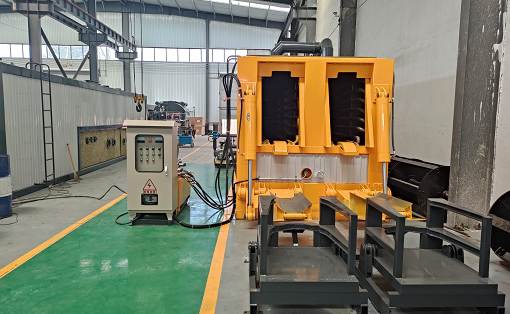How to produce efficient emulsified asphalt?
Emulsified asphalt is an aqueous suspension of asphalt particles with high interfacial energy. This suspension state is thermodynamically unstable and has the potential to reduce its interfacial area (i.e., through the coagulation process) to a stable state. Preventing this coagulation state (dispersion destruction) is the stabilization effect of the emulsifier protective layer. The stability of emulsified asphalt refers to the ability of asphalt particles to aggregate and cause phase separation, and also refers to the time required for emulsified asphalt to reach equilibrium. That is, the time for asphalt particles to aggregate and separate from water. How can we increase this time? How to prevent emulsified asphalt from demulsifying?
Emulsified asphalt is an aqueous suspension of asphalt particles with high interfacial energy. This suspension state is thermodynamically unstable and has the potential to reduce its interfacial area (i.e., through the coagulation process) to a stable state. Preventing this coagulation state (dispersion destruction) is the stabilization effect of the emulsifier protective layer. The stability of emulsified asphalt refers to the ability of asphalt particles to aggregate and cause phase separation, and also refers to the time required for emulsified asphalt to reach equilibrium. That is, the time for asphalt particles to aggregate and separate from water. How can we increase this time? How to prevent emulsified asphalt from demulsifying?
Method 1: Enhance the internal charge strength in emulsified asphalt
1. Inorganic salt electrolytes
The inorganic salt stabilizers added to emulsified asphalt are metal chlorides and thiocyanate compounds. Such as ammonium chloride, sodium chloride, calcium chloride, magnesium chloride, and chlorides such as strontium, barium, iron, cobalt, nickel, and zinc. Among them, the inorganic salt compounds with better application performance are ammonium chloride and calcium chloride.
Adding inorganic salt stabilizer to emulsified asphalt can enhance the double electric layer effect around asphalt particles, increase its potential value, increase the mutual repulsion between asphalt particles, slow down the solidification speed between asphalt particles, improve emulsification ability, improve the stability of emulsified asphalt, and enhance the adsorption between aggregates. Since it cannot be arranged on the surface of asphalt particles in an aqueous solution, it does not belong to the category of emulsifiers but stabilizers.
2. Alkaline or acidic electrolytes
Adding acidic or alkaline electrolytes to emulsified asphalt is beneficial to the stability of ionic emulsified asphalt. For example, acidic solutions are often added to cationic emulsified asphalt, and alkaline solutions are often added to anionic emulsified asphalt. This is because these electrolytes form the same ions as those formed after the emulsifier is ionized, which increases the repulsion of like charges and thus increases the stability of emulsified asphalt. However, the amount of acid or alkaline electrolytes added is not getting better and better, but there is a certain limit. If this limit is exceeded, the performance of emulsified asphalt will be affected.
Method 2: Increase the viscosity of emulsified asphalt
Emulsified asphalt is a thermodynamically unstable system. Increasing the viscosity of emulsified asphalt can slow down the movement of asphalt particles.
The sedimentation of asphalt particles in emulsified asphalt is caused by gravity and the density difference between the two phases. Even if the density difference is very small, sedimentation will still occur. If the asphalt particles in the emulsified asphalt are large and the asphalt content is less than 65%, precipitation can still occur. The movement speed of asphalt particles depends on the asphalt content and decreases with the increase of asphalt content. When the asphalt content exceeds 65%, sedimentation can be ignored.
In order to reduce the sedimentation rate, thickeners can be added to the water phase to increase the viscosity of the water phase; improve the emulsified asphalt equipment to reduce the particle size of asphalt particles; change the concentration and pH value of emulsified asphalt, which can increase storage stability.
Method 3: Reduce the particle size of asphalt particles in emulsified asphalt
Reducing the particle size, effectively slowing down the sedimentation rate of asphalt particles, and controlling the fineness of asphalt particles in emulsified asphalt are one of the main measures to improve the stability of the emulsion.
Method 4: Increase emulsifier concentration
In emulsified asphalt, the surface of asphalt particles is surrounded by emulsifier molecules, forming an emulsifier-encapsulated molecular film. Each emulsifier molecule has a certain adsorption area on the surface of asphalt particles. Therefore, some scholars have proposed that the important factors for the stability of emulsified asphalt are the strength of the interfacial film and the compactness of the emulsifier molecules in the interfacial film, while the role of interfacial tension on stability is secondary.


































